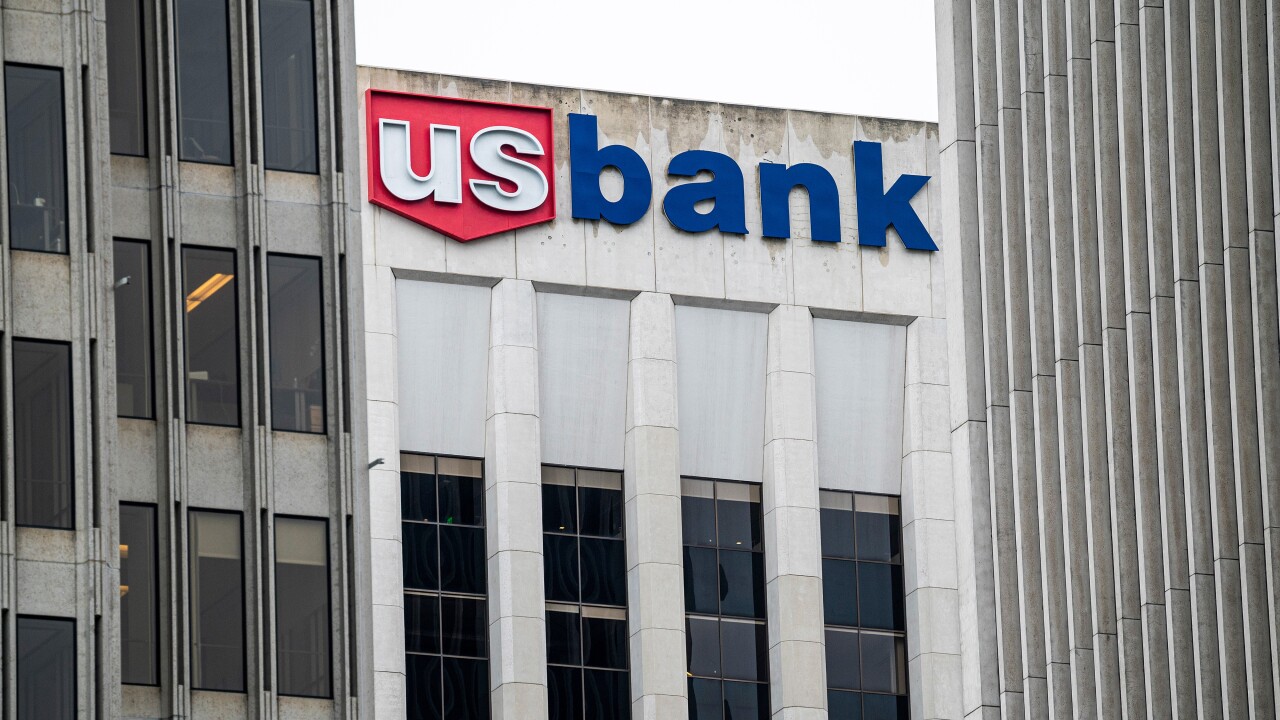The age of the standalone wallet app, though still in its infancy, may already be making way for a new mobile payment regime.
The launch of Stripe Inc.'s
Stripe was already
"While we're spending more time than ever on mobile devices, that time is carved up into short slices of a few minutes here, a few minutes there," Stripe CEO and co-founder Patrick Collison said at a Relay launch event this week in San Francisco. "The leap to mobile simply hasn't happened yet when it comes to purchases."
The launch of Relay comes only days after Google began the formal rollout of Android Pay, its successor to Google Wallet. Android Pay, like Apple Pay, is marketed as a wallet app but will focus much of its functionality on facilitating in-app purchases through buy buttons. Amazon is similarly rolling out its own spin on the buy button, a physical product called Dash that functions as a Wifi-connected button for purchasing household items.
In other words, the buy button concept takes many forms, but all of them are spreading quickly.
Relay allows merchants to accept payments within an app, rather than send potential buyers to a mobile website to complete the sale. It helps merchants "sell in multiple locations with a single integration," Collison said. Merchants involved in the initial launch of Relay include Warby Parker, Saks Fifth Avenue, Wish, Tuft & Needle, Teespring, Hello, Glossier and FabFitFun.
Stripe's launch of Relay also sets in motion the use of tokenization technology for more apps, said Steve Mott, principal of BetterBuyDesign, a Stamford, Conn.-based consulting firm.
Tokenization replaces card account data with a series of unique characters, or token.
"Stripe, or PayPal's Braintree and others, they all tokenize the transactions accepted by processors from any website based on the bank identification number," Mott said. "It's really a slick way of doing things and it means there are going to be a lot of tokenized cards out there even before EMVCo gets its tokenization off the starting line."
In addition to advancing security technology, Stripe continues to support the changing retail landscape in which the more consumers are comfortable shopping through an app.
"Many startup companies are building their payments platform on a website, and all of the application developers know the easiest way to get transactions done is through buy buttons," Mott said.
With that trend, the era in which independent sales organizations come to a merchant's physical location to sell marked-up merchant accounts or equipment is also dwindling, Mott added.
Launch partner Twitter is already using Relay to allow anyone to start selling within Tweets. ShopStyle, Spring and InMobi are also using Relay, which is free to Stripe customers.
"InMobi is not a household name, but they're enormous," Collison said of the mobile ad network. "They serve more than six billion ad requests a day … their software development kit is integrated with more than 30,000 live apps."
New features in the Stripe application interface will power Relay, supporting product display, SKUs [product variants] and orders. Stores can provide product information to Stripe via the app dashboard, the API or by linking existing e-commerce systems.
Less than two months ago, Visa began a partnership and
"Stripe has backing from Visa, and my guess is that Visa plans to shift to that kind of [Relay] model, probably after moving through EMVCo to get more transactions," Mott said.
It all points to Stripe growing as a significant player in the market, Mott added. "I don't think there is anything that will derail Stripe at this point."





